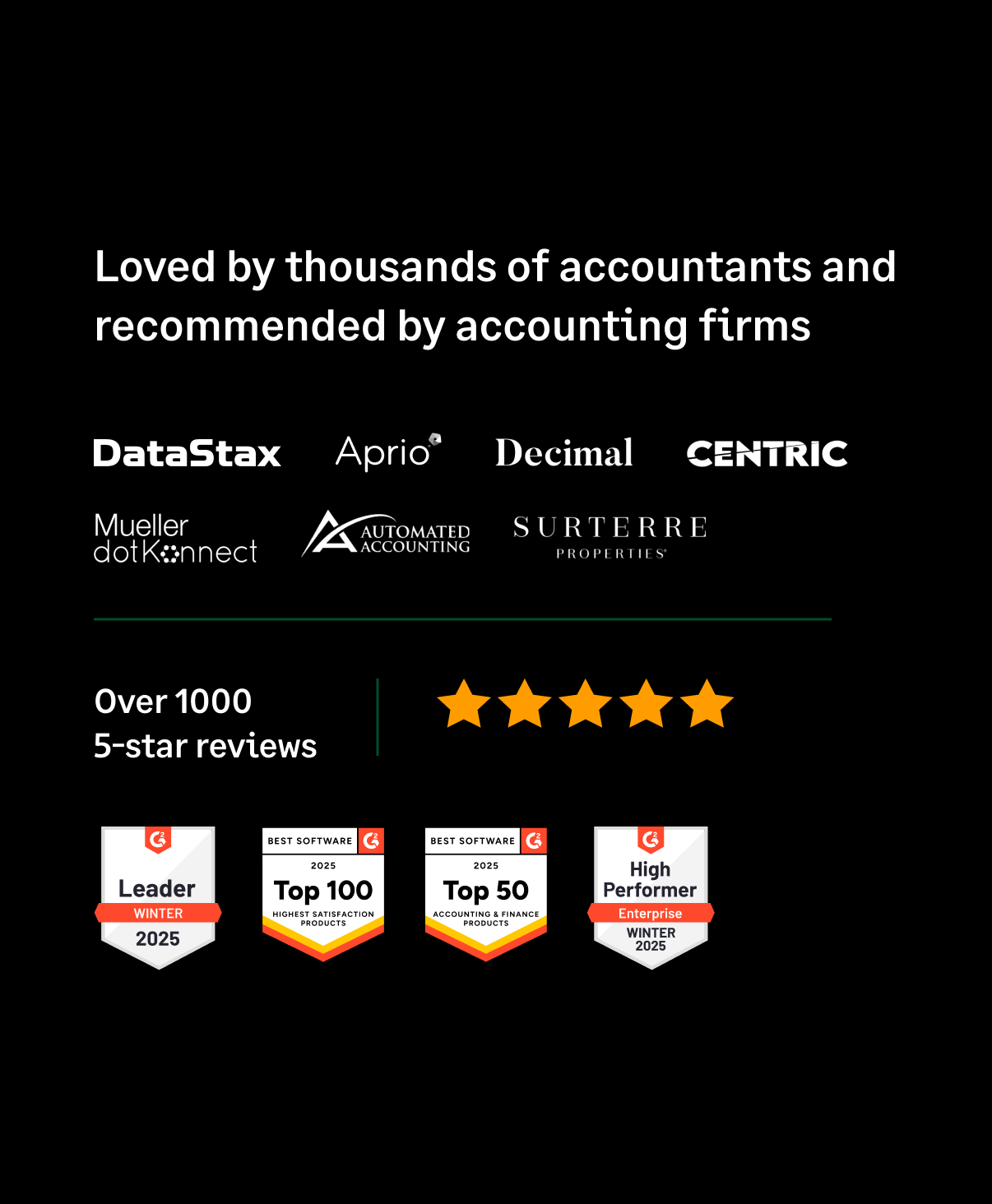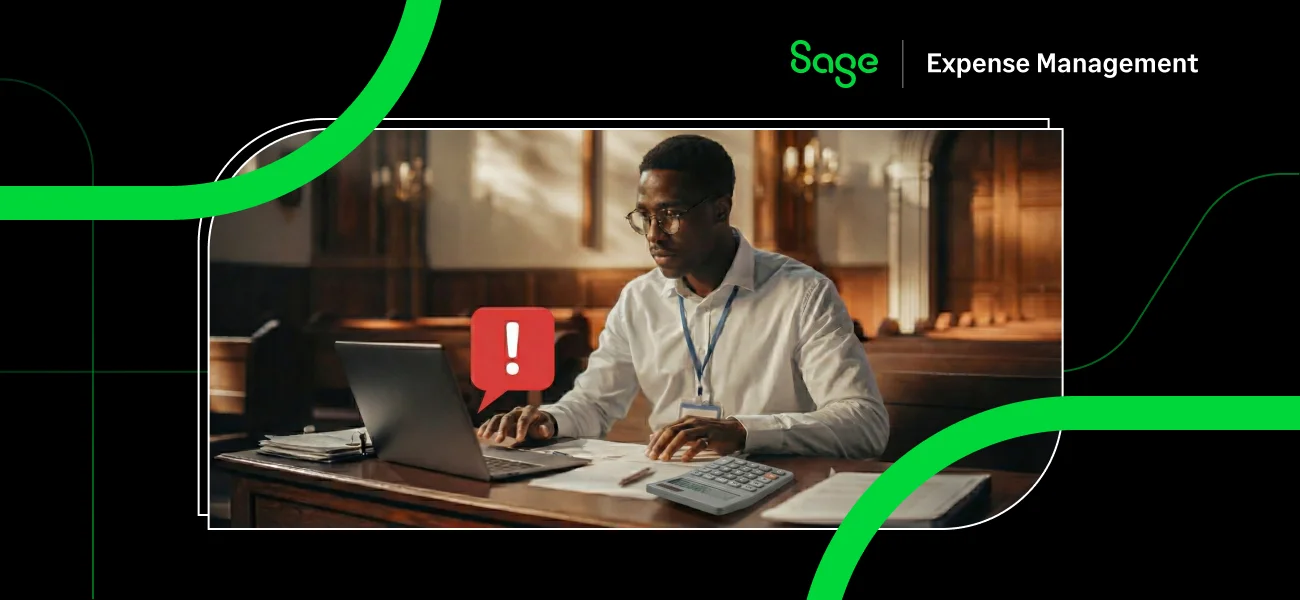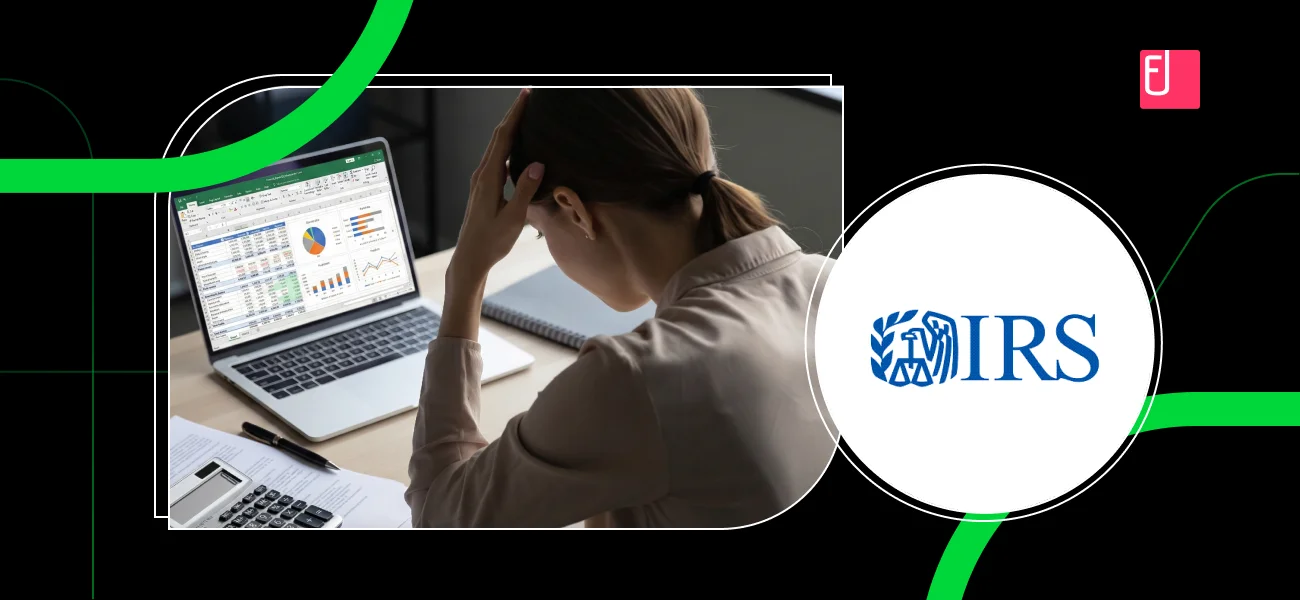Every organization has departments that control and optimize the business processes in various ways to indirectly improve profitability. These departments cost money to function but do not directly create profit. They generate value to the business by costing money to operate, that's what gives them the name: Cost center.
Cost centers are an integral part of a growing business, as many of the departments concerned with it deal with company expenses. Thus, it is important to closely track these cost centers for their operational efficiency, to make sure they are beneficial to the business.
A company can leverage its cost centers to enormous potential when integrating with an expense management software. Not to mention, they can also obtain essential expense data on spending trends and habits. In this article, we look at the different functions of cost centers and how infusing them with a travel and expense management software can yield more significant benefits.
Core processes of cost centers
There are three main processes of cost centers; each of these alters how the business operates, especially when dealing with managing company finances. Cost centers can greatly increase the overall decision-making and financial productivity of the business.
Cost centers are not necessarily a department. A department can have multiple cost centers within it. Cost centers can be any defined group in which the management finds benefit in segregating the cost of the group.
Let's take a look at them below:
Calculating function-specific costs
Naturally, the main goal of a cost center is tracking the expenditure of a specific function in the business. Here’s an example: Let's say the customer support department gets treated as a separate unit rather than another department in the company.
If this particular cost center did not exist, then the company would need to break apart all the expenses manually from each department to figure out how much the customer service unit spent. This can result in weeks or even months of delays.
Another example could be mileage tracking, and turning the department into a cost center (in this case, a travel manager or travel department.). This allows the business to separately track all mileage and travel and expenses (T&E) incurred due to it being an exclusive cost center.
Businesses can easily access the nuances of expense reporting via web and mobile apps. These cost centers essentially automate the above process, where the management can measure, budget, and control costs for each specific function the business performs. Similarly, incorporating cost centers into an automated expense management software can further enhance this. TEMs can provide much better expense tracking, digital audit trails, and data analytics.
Allocating resources
Significant insights into spending patterns and the cost of operation of various cost centers allow managers to relocate their efforts accordingly.
If the business launches a new product, then the managerial accountants can assign more resources to a department like the help center or warranty center. With this, businesses can estimate the profit of the new product due to previous data points. This estimation is obtained only when each of the units related to the product gets treated separately for their spending. This is an integral part of the T&E management process, as it can make or break future business profitability.
This process can be simplified using tracking software like automated TEM software, where managers can view expense reports, receipt banks, employee expenses, and take action in real-time.
Managerial and financial accounting
It might be easy to confuse both managerial and financial accounting as the same. But there are some key differences:
- Managerial accounting is concerned with utilizing the data obtained from cost centers to influence critical future business decisions (for example, cost-saving ideas and budgeting). They extrapolate the data and manage the functioning of the cost centers themselves. For example, how much money is one department spending relative to another?
- Financial accounting is concerned with tracking the data for tax authorities and other governmental bodies. These regulatory bodies are only concerned about profitability and taxation. They are not worried about the “why's” and “how's” from spending insights.
This is again another aspect of cost centers that are significantly enhanced with the use of an automated expense management software. The more important details that are stored on a TEM solution can provide critical information for managers. This eliminates the old process of manual data entry.
Why integrate cost centers with an expense management software?
As we have mentioned above, integrating cost centers into automated expense management software can remove another hurdle in the process - human intervention. That's not all; there are other benefits of doing so. Let's take a look below:
- Everything happens under one platform: Whether it is management or finance accounting, you can perform all actions under one dashboard. TEMs allow unhindered access to all functions in business accounting in a user-friendly interface. This removes the back and forth between the users and them cycling between multiple tools to complete only one task.
- Corporate card reconciliation: Managing corporate credit cards, as well as employee credit cards, is difficult without a systematic approach. Your cost centers may log expenses through these cards, and linking it manually to the bank accounts takes too long. TEMs automate the entire process and also give complete control and visibility. Modern TEM software allows auto-matching credit card statements to the transaction, making corporate credit card reconciliation process ease.
- Real-time visibility into spending: Growing businesses demand detailed company spending habits. When cost centers are concerned, it becomes necessary to carefully track all expenses pertaining to them to give a big picture of business expenses. Only a modern automated TEM solution is capable of providing such rich insights and analytics to the respective users in real-time.
- Complete policy compliance: Something that always gets more and more difficult as a business grows is making sure all company expenses are compliant. Obtaining compliance is harder than it looks. Even with an active team, it can quickly become overwhelming when dealing with many reports at once. Expense management software helps businesses stay in a state of constant compliance.
All these attributes put together, make for an ideal situation that opens a business to potential fraud. Without the help of an expense management software, it's a 'steep climb' as it only gets worse. Modern expense management software fully automate policy checks. This makes it possible for approvers, managers, and employees to seamlessly report and approve business expense reports with a click.
SUGGESTED READ:
What is the ROI of expense management software?
Features to look for in an expense software
Cost Centers and Sage Expense Management
Did you know that Sage Expense Management allows admins to add cost centers to their user accounts?
This is one of the many features that enable Sage Expense Management users to create comprehensive expense reports with clear digital audit trails. With this feature, you can map all expenses to cost centers, which makes expense tracking a breeze.
Below we see how finance teams can add, edit, and disable cost centers using Sage Expense Management.
How to add a cost center:
- Click on the arrow icon on the top right corner on the web-app next to your name and click on “Settings.”
- Click on the Cost “Center” tab and hit the "ADD COST CENTER" button.

How to add details of the new cost center:
- Name of the Cost Center
- Code: You can assign a unique code to this cost center. This is useful when you have multiple cost centers/departments with similar names and want to navigate to a particular one quickly.
- Description: A short 250 character description of the cost center. This can indicate the function of the cost center/department. Or what its purpose is.
- Once updated, click on “SAVE.”

How to edit a cost center:
- Select a cost center in the list and simply click on it.
- Edit the details
- Name
- Code
- Description
- Click on “SAVE”
How to disable a cost center:
- The toggle button against each cost center allows you to enable or disable a cost center.

Now let’s take a look at one example where cost centers can help you easily track an expense.
- When an employee creates an expense in Sage Expense Management, they have the option to add which cost center it concerns.
- The cost centers are available as part of the expense page for the employees to select while filing an expense.
- This makes expense tracking easy and shortens reimbursement cycles. Not to mention, you can now also map all expenses to any cost center to get rich spending insights.

And that’s a round-up about cost centers and how Sage Expense Management incorporates them seamlessly into your company spends!
Sage Expense Management isn’t just about utilizing cost centers tough; it’s a pioneering cloud-based expense management solution empowering businesses of the future. Our customers love features like automated policy checks, corporate card management, spend management and third-party integrations.
Elevate your business to new heights with Sage Expense Management, schedule a demo today!
.png)



















